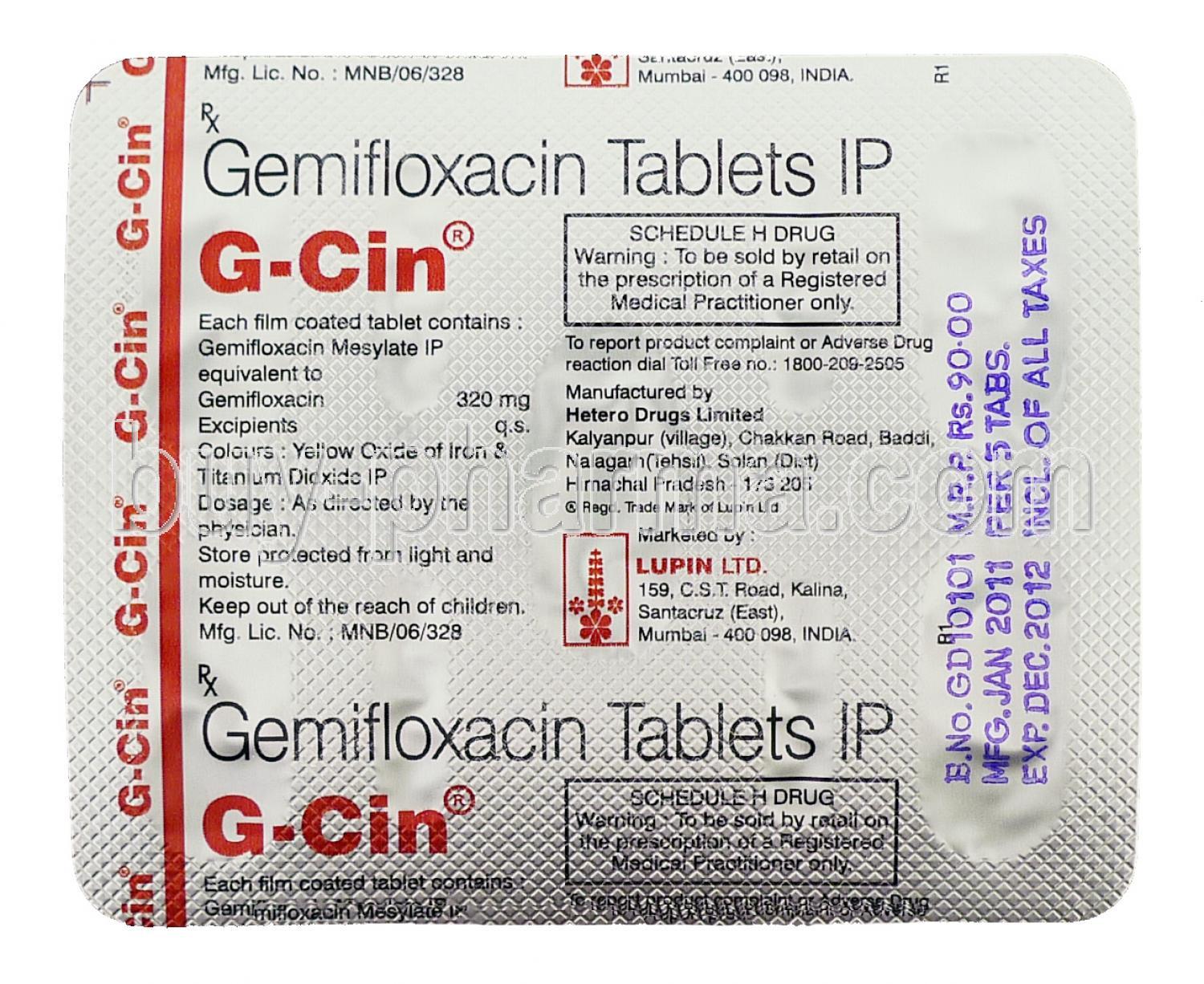
Gemifloxacin mesylate is an oral broad-spectrum quinolone antibacterial agent used in the treatment of acute bacterial exacerbation of chronic bronchitis and mild-to-moderate pneumonia. More
Gemifloxacin mesylate is an oral broad-spectrum quinolone antibacterial agent used in the treatment of acute bacterial exacerbation of chronic bronchitis and mild-to-moderate pneumonia.
Gemifloxacin
Gemifloxacin; Gemifioxacin; Factive; Gemifloxacin [INN]
Adgem, Curegem, EG1, Floxigem, G-Cin, G-Floren, Gametop, Gamibit, Gamiflox, Gembax, Gemberg, Gemexin, Gemez, Gemibid, Gemicef, Gemidac, Gemif, Gemifix, Geminex, Gemistar, Gemitab, Gemsharp, Gemven, Gemvig, Gex, GQ-320, Graptor, J-Cin, Kinocin, Le-Gami, Quinhext, Topgem, Zemi
7-[(4Z)-3-(aminomethyl)-4-(methoxyimino)pyrrolidin-1-yl]-1-cyclopropyl-6-fluoro-4-oxo-1,4-dihydro-1,8-naphthyridine-3-carboxylic acid
Rapidly absorbed from the gastrointestinal tract
Gemifloxacin is a quinolone/fluoroquinolone antibiotic. Gemifloxacin is bactericidal and its mode of action depends on blocking of bacterial DNA replication by binding itself to an enzyme called DNA gyrase, which allows the untwisting required replicating one DNA double helix into two. Gemifloxacin is a broad-spectrum antibiotic that is active against both Gram-positive and Gram-negative bacteria.
160 mg every 24 hr.
For the treatment of bacterial infection caused by susceptible strains such as S. pneumoniae, H. influenzae, H. parainfluenzae, or M. catarrhalis, S. pneumoniae (including multi-drug resistant strains [MDRSP]), M. pneumoniae, C. pneumoniae, or K. pneumoniae.
Diarrhoea, nausea, vomiting; headache, dizziness; rash, urticaria. May cause elevation of liver enzymes
Hypersensitivity. Patients receiving class IA or III antiarrhythmic.
Store between 15-30 ?.
389.3809
C18H20FN5O4
175463-14-6